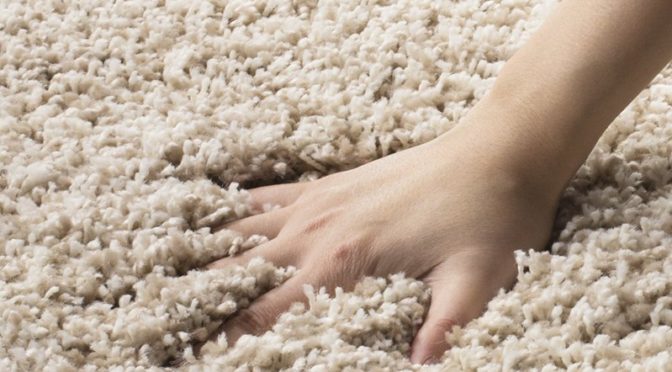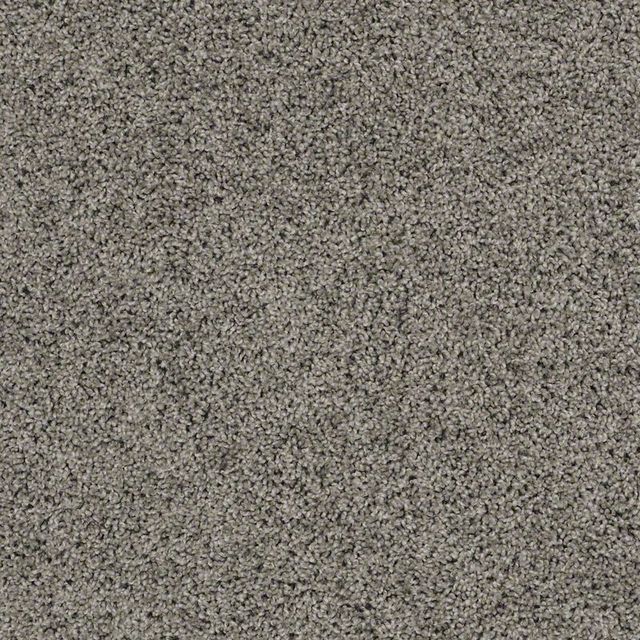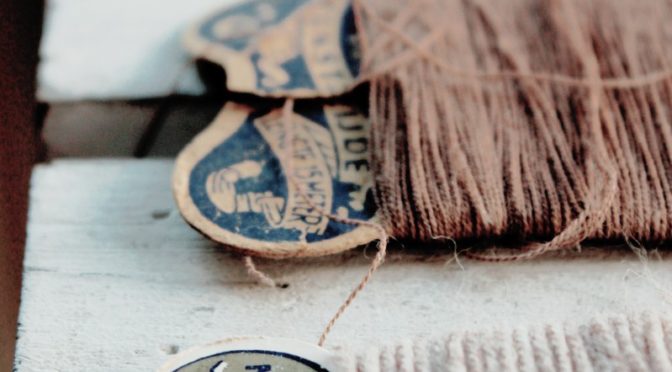Carpet fibers also called yarn is either extruded or twisted to form a single strand or filament these filaments are similar in size to a human hair.
What does twist mean in carpet.
Twist level is the number of twists in one inch strand of carpet.
The twist of a carpet is defined as the number of times the fibers are turned or twisted in a one inch length represented by a number.
Twist is the number of twists in the yarn per inch.
Carpet doesn t have to be dense to be durable as long as it has a high twist level and vice versa.
Face weight is a measurement of how much fabric went into the carpet construction while fiber twist refers to the number of times the carpet fibers were twisted.
Higher twists result in a more durable carpet.
In the industry we often refer to carpets with a high twist per inch as twists.
A bunch of filaments are grouped together and twisted together to form tufts.
Carpet that has a high twist level of 4 or more will also be more durable and less likely to unravel.
Twist in carpet technically refers to the number of times the yarn yarns are twisted.
It s always a single number and you ll frequently see it abbreviated as a tpi or turns per inch.
The pile is often cut at an angle.
Saxony carpet yarns feature a soft twist or curl.
This can make a carpet look old fast.
While these strands are twisted heat is applied to set them permanently hence the term heat set or perm.
A carpet s fiber twist also known as the twist number is a measure of how many times a carpet s fibers twist or turn around themselves per inch of fiber.
But you may see certain types of carpets referred to as twists.
Resiliency is the spring or bounce back the carpet has.
Among other factors that affect the cost of the carpet are the face weight and fiber twist.
You may also have heard the term frieze which is often used to describe this type of carpet.
You can have a carpet with virtually no twist or one with 5 twists.
However twist is the number of times a strand of fiber is twisted per inch.
Higher face weight and fiber twist indicate a better more expensive carpet.
Lower twists can lead to the carpet unraveling.
Carpet pile and carpet types are explained here such as cut pile plush pile saxony cut pile twist frieze level loop pile multi level loop pile sisal berber level cut and loop pile and textured cut and loop pile.
Frieze is a cut pile carpet with twisted yarns and a crimped textured appearance.
The twisted strands of a frieze carpet obscure footprints and allows marks to be lifted by vacuums and the tousled look complements an informal room.





























